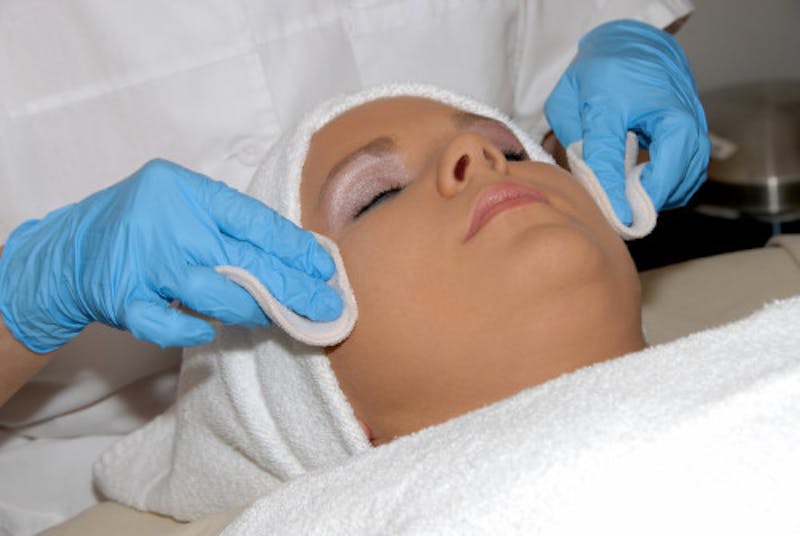
Implementing a skin care routine is imperative if one wants to maintain and promote healthy skin. While sunscreen is at the very top of the list, the application of Retinol is also on the aesthetic checklist. It should be noted that Retinol should be prescription strength based on percentages and issued by a healthcare professional. Based on one’s skin care needs, a professional will choose the right percentage for the patient.
With a skin care regimen in place, another treatment for consideration is a chemical peel. Once again, this treatment should be done in a medical facility performed by an aesthetic nurse.
Nicole Dowler, who is an aesthetic nurse who works with plastic surgeon Dr. Glynn Bolitho in La Jolla, is a major proponent of chemical peels.
“It’s really important to have cellular turnover with your skin,” she said, adding how a chemical peel can promote this.
Dowler also went on to say that if one is not exfoliating or doing peels on a regular basis, dead skin cells build up on the facial canvas and naturally slough off at a slower pace.
A routine exfoliation helps encourage cellular turnover and recommended at least twice a year.
However, each individual is unique with their skin care goals so an individual plan needs to be mapped out. If one is doing light chemical peels then they may be able to have a few or more per year. Again, it all depends on the patient.
According to Dowler, chemical peels can help with the following:
- Diminish the appearance of wrinkles
- Balance skin tone
- Lessen the appearance of brown spots
- Lessen the appearance of sun damage
“Each person is going to have an individualized treatment plan, and that’s the beauty of all these different options,” she said. “If somebody is not ready for cosmetic injections, they may opt to do a couple chemical peels.”
When Dowler consults with a new patient for the very first time, she assesses their skin for the most optimal peel. For example, if an individual has never had a chemical peel or has used Retinol, she will start the regimen with a really light peel.
For a more seasoned patient who has undergone previous peels and a daily use of Retinol, then pursuing a more potent chemical peel may be a consideration.
Dowler mentioned that some patients who may want to want a chemical peel the day of their consultation do need to be advised to stop their Retinol regimen 72 hours in advance especially if the percentage of Retinol being used is a higher percentage, such as 2 percent.
Dowler also noted how patients do need to be prepared for chemical peel aftercare in terms of what to expect.
“Right after a peel, your skin looks really great for about two to three days, and then it starts to peel. Peeling is a side effect and it may not affect everybody,” she said. “If someone doesn’t peel, it doesn’t mean that the peel’s not working – it’s just individualized.”
However, if one does experience peeling it will begin a few days after the peel and ends about a week later.
Dowler said on a personal level, it takes her up to two weeks for all the flakiness to disappear.
“If someone is doing a peel before a big event like a wedding, I recommend the treatment at least four to six weeks before,” she said.

